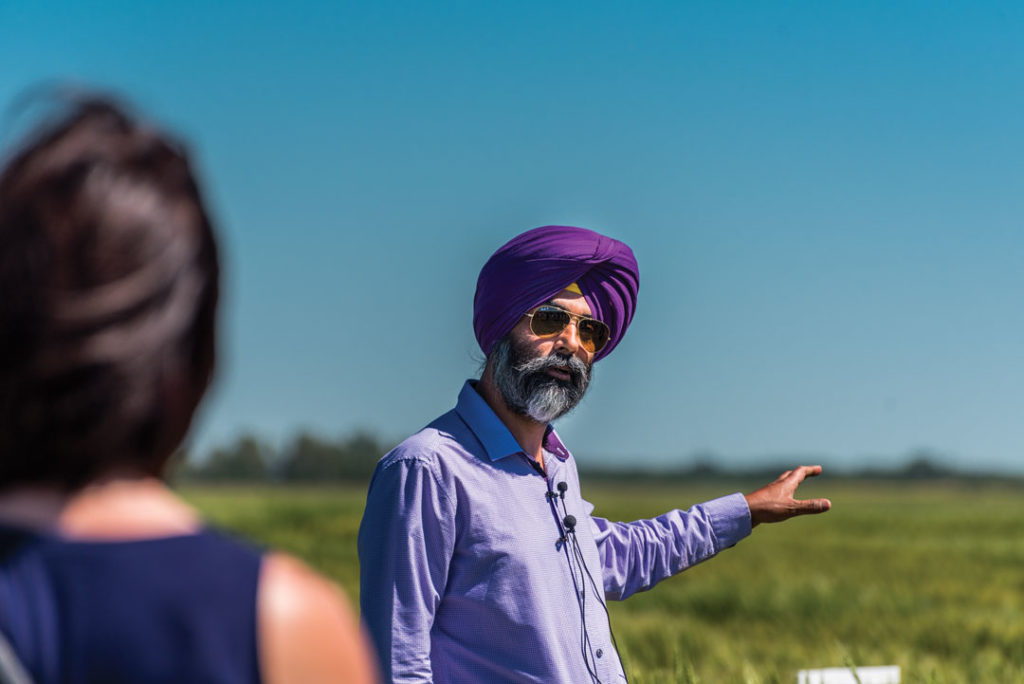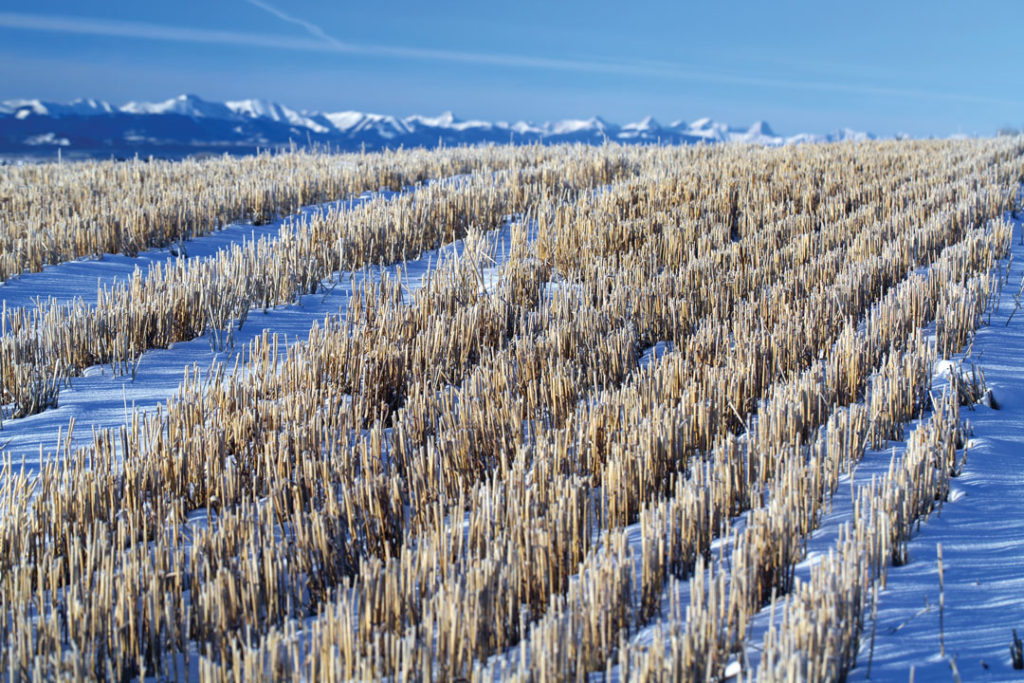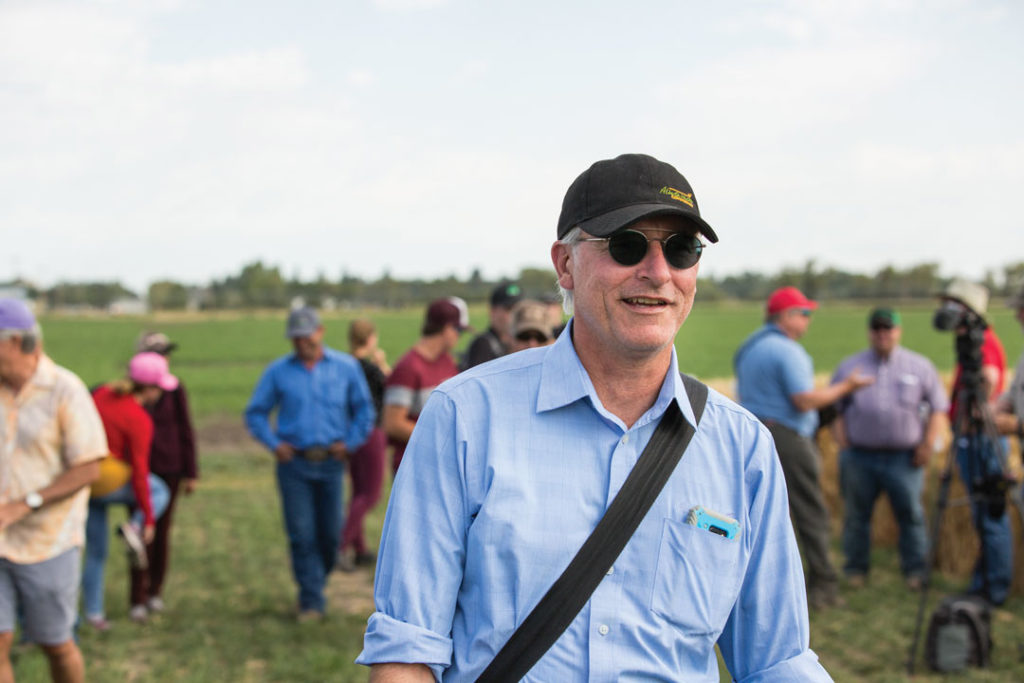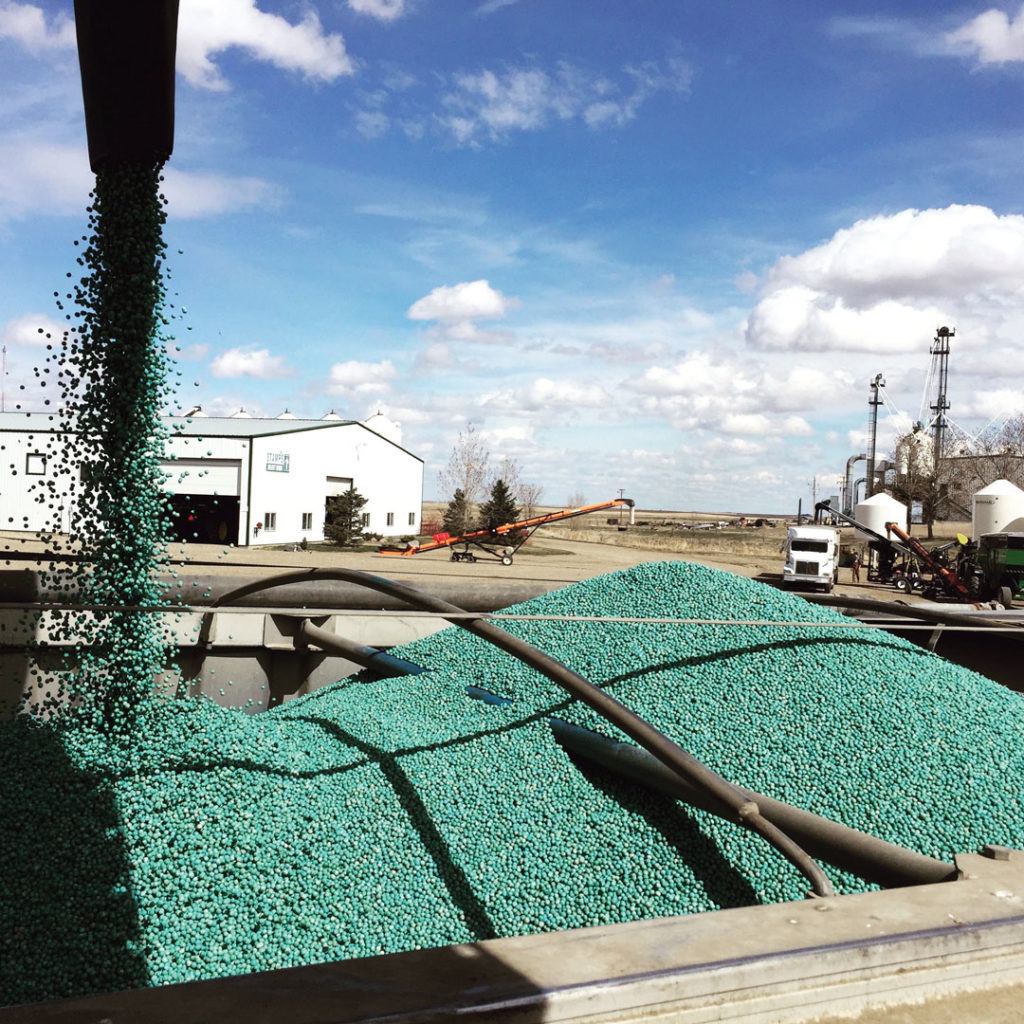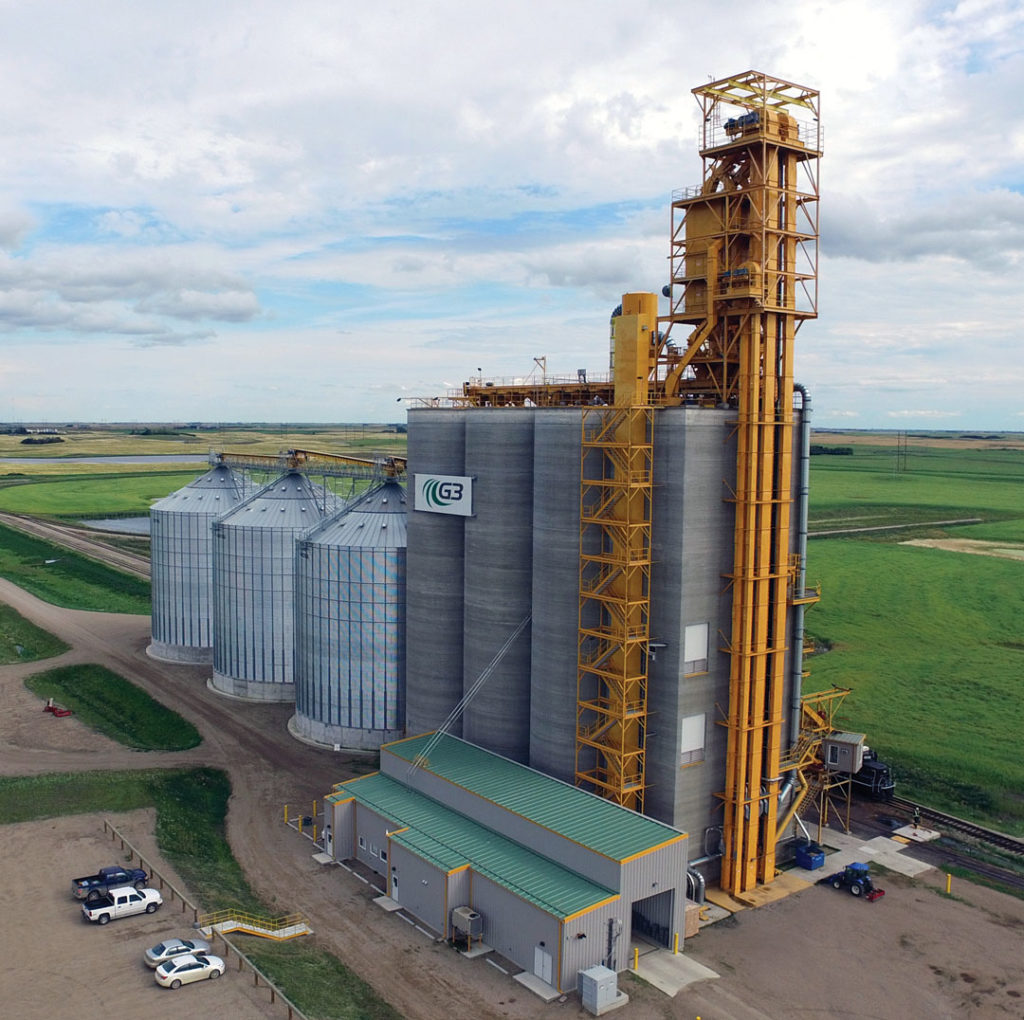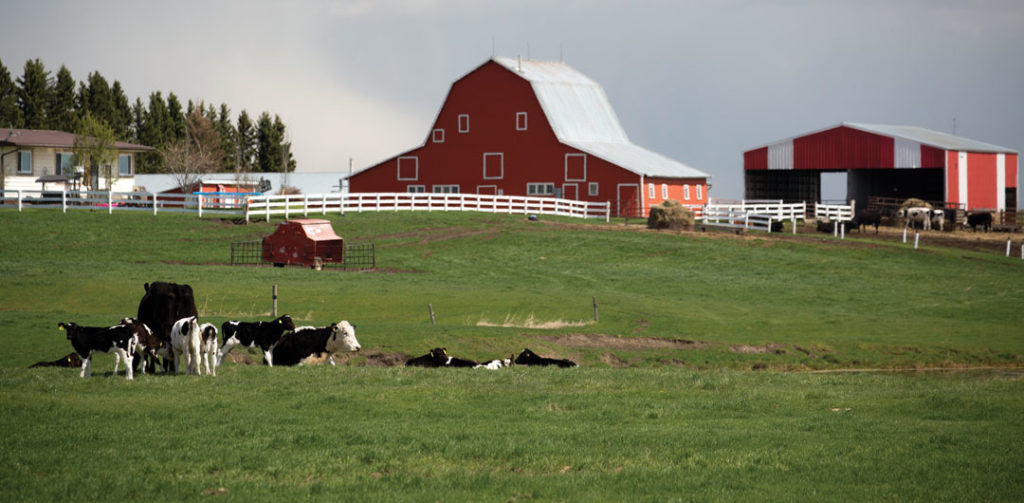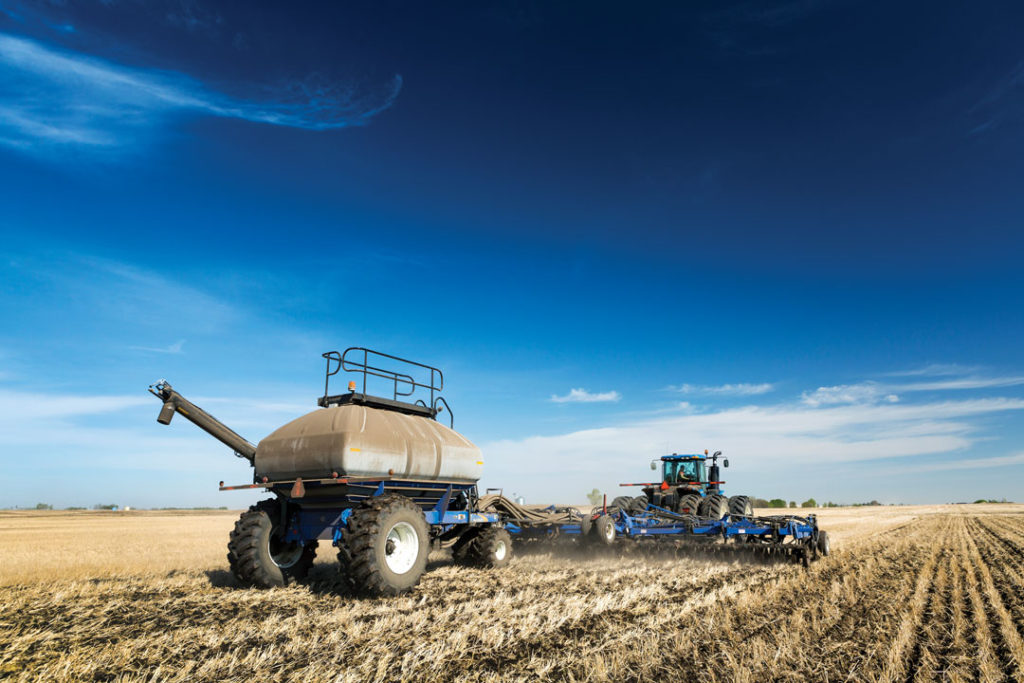GRAIN EXPECTATIONS
Canada’s Liberal government is halfway through its first term, and despite early concerns that the caucus may be light on agricultural expertise, its members are receiving positive reviews from leaders in the grain sector for making significant investments in infrastructure and doubling down on supply management.





